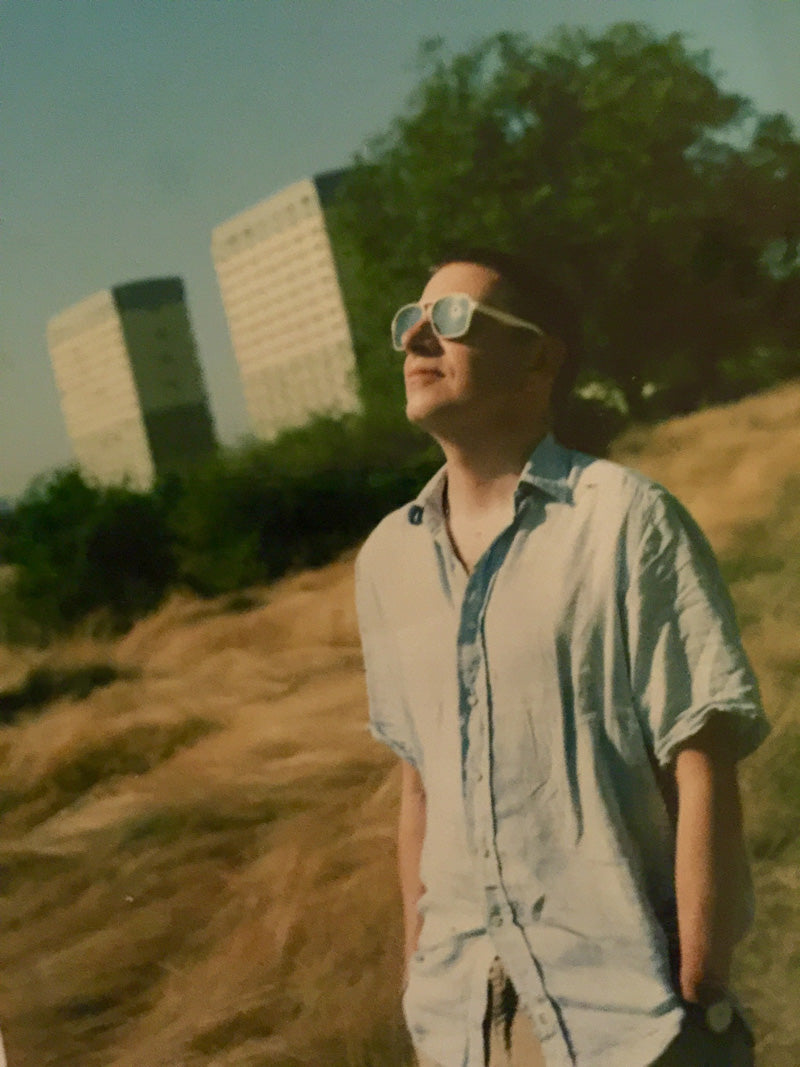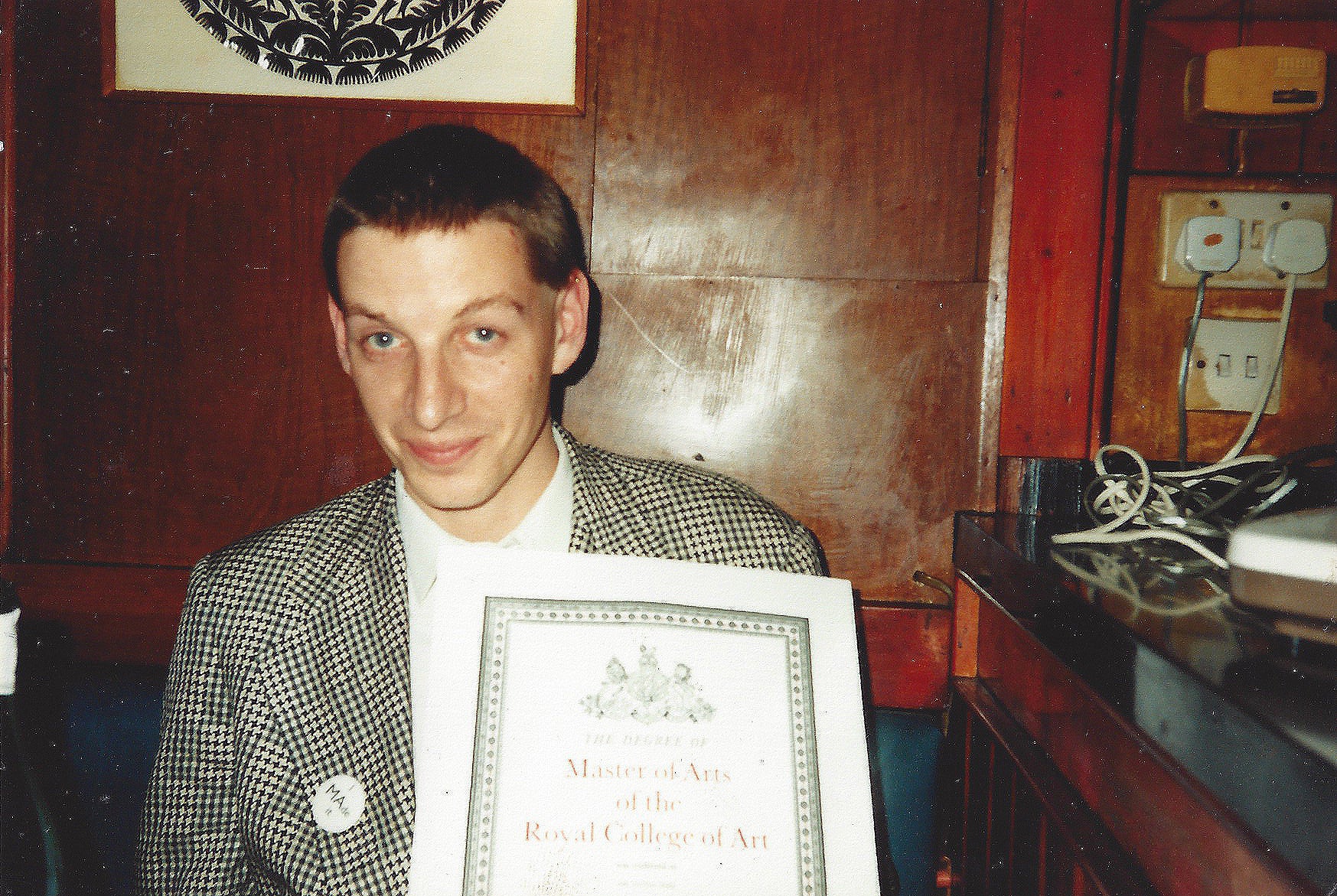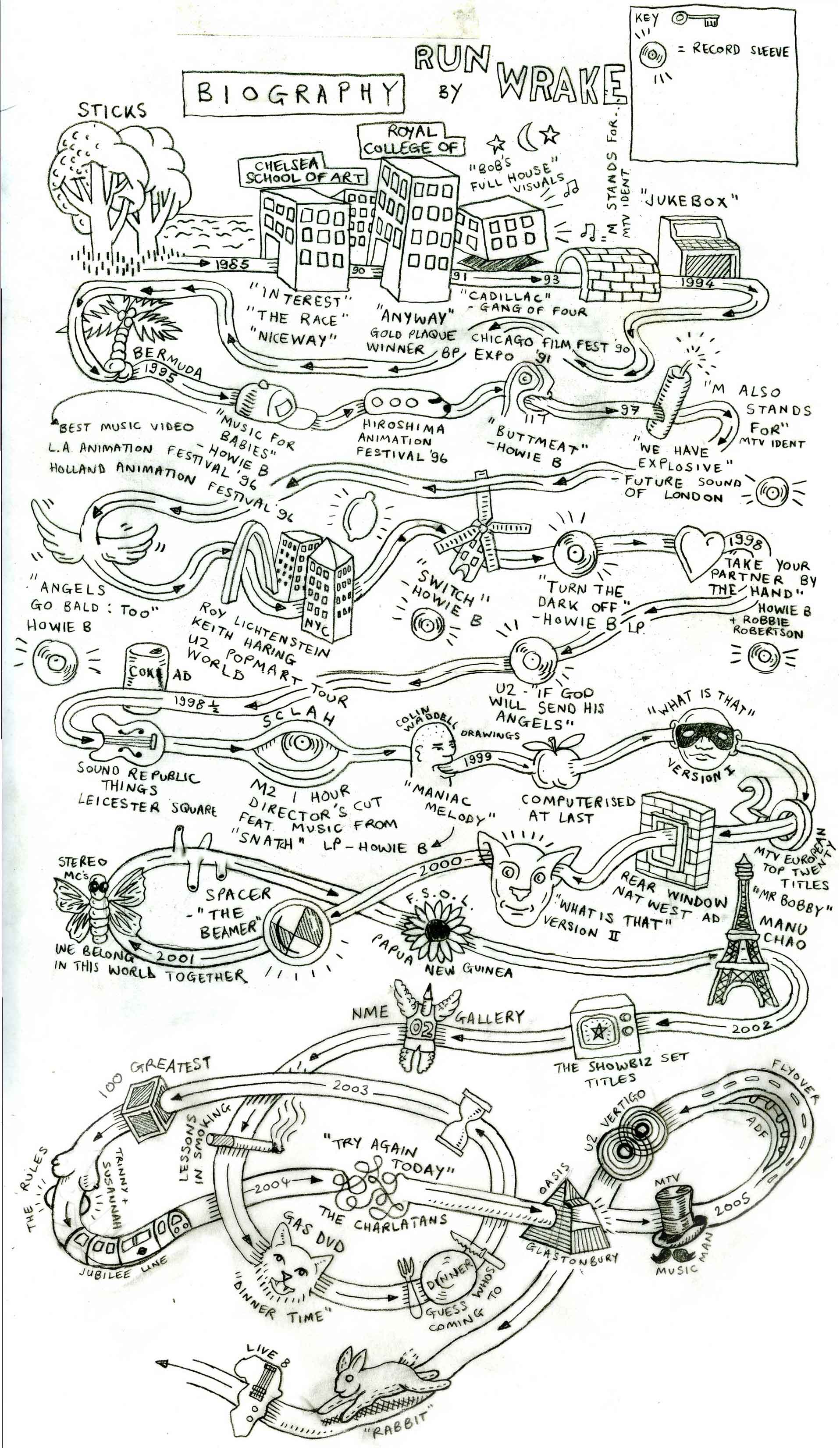Run Wrake (1963–2012) was an influential British animator, illustrator, and experimental filmmaker whose striking visual language reshaped the landscape of modern animation. Best known for his award-winning short film Rabbit (2005), Wrake’s surreal animation style, rooted in collage, music, and cultural satire, continues to inspire artists and animators around the world.
Born in Yemen, where his father served as a military chaplain, Wrake’s early years were marked by cultural diversity before his family returned to East Sussex, England. This blend of global and local influences would later infuse his work with eclectic imagery and thought-provoking juxtapositions.
Education and Artistic Foundations
Run studied graphic design at the Chelsea School of Art, followed by a Master’s degree in Animation at the Royal College of Art in London, graduating in 1990. During this time, his visual identity began to crystallize, heavily influenced by the post-punk aesthetic, underground art movements, and his deep passion for music.
His approach combined montaged graphic design, line drawings, pop culture imagery, and surreal humor. Wrake often reimagined found materials, such as mid-century advertisements, children’s textbook illustrations, and vintage educational graphics, transforming them into haunting animated collages with social and moral undertones.
Rabbit: A Landmark in Contemporary Animation
Among his extensive body of work spanning short films, commercials, and music videos, it was Rabbit (2005) that solidified Wrake’s reputation as a pioneer of avant-garde animation.
The BAFTA-nominated film delivered a dark allegory about greed and the commodification of nature, presented through the eerie lens of 1950s children’s illustrations. Its dreamlike, subversive atmosphere combined nostalgia with a chilling commentary on consumerism, earning it global critical acclaim and cementing Wrake’s place in the history of experimental animated short films.
Collaborations and Commercial Work
Beyond independent filmmaking, Wrake made a significant impact in music video direction and commercial animation. He collaborated with renowned musicians such as U2 and Howie B, bringing his signature cut-and-paste style to life in visually arresting projects. Even in his commercial work for major brands, Wrake managed to maintain his artistic integrity, blending mainstream appeal with an avant-garde animation sensibility.
Artistic Vision and Influence
Run's enduring appeal lay in his ability to juxtapose the familiar with the strange, turning ordinary visuals into uncanny narratives. His fascination with retro visual cultureand his ability to merge it with edgy, contemporary themes made his animations feel both timeless and provocatively modern.
By challenging conventional boundaries, Wrake demonstrated that animation is not only entertainment but also a powerful medium of artistic experimentation and cultural commentary. His work remains a touchstone for those exploring the intersections of art, design, and animation.
Legacy
Tragically, Run Wrake’s career was cut short when he passed away from cancer in 2012 at the age of 49. Yet his influence endures. Today, he is remembered as a visionary British animator whose surreal animation techniques and storytelling innovation continue to inspire emerging generations of filmmakers, animators, and digital artists.
Run Wrake’s legacy is proof that animation can transcend boundaries, bridging design, music, and cultural history while offering profound reflections on society and the human condition.


BFI Obituary: Run chose to study graphic design over fine art because he believed it was more accessible and democratic, and his animation style was distinguished by active collaboration with producers, music, and musicians.
His innovative use and mastery of the animated loop created a visual rhythm that mirrored and complemented musical structure and timing.

Throughout his career, Run worked across mixed media and digital platforms, including animated music videos, commercials, and short films. He collaborated with acts like Howie B and U2, showcasing his signature animation style in strikingly original ways.
Even in commercial animation for major brands, he preserved his artistic identity, blending assignments with his avant-garde visual sensibilities.


